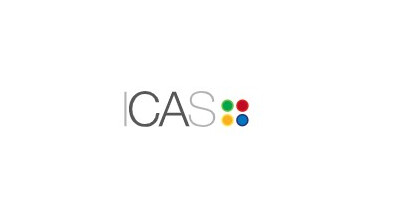ICAS: Proposed HM Treasury supervision models could increase UK’s financial crime risk

The Institute of Chartered Accountants of Scotland (ICAS) has expressed concerns to HM Treasury in its review of the supervisory model for anti-money laundering (AML) and counter-terrorism financing (CTF) compliance, with three of the models listed in the consultation putting recent progress in improving compliance rates at risk.
Currently, the AML/CTF supervisory system is made up of three statutory supervisors (the Financial Conduct Authority (FCA), the Gambling Commission and HMRC), with 22 professional body supervisors (PBSs, including ICAS) supervising the legal and accountancy sectors.
The HM Treasury review sets out four possible models for a future supervisory system, but ICAS has cautioned that three of the models risk damaging the UK’s progress in tackling financial crime.
Robert Mudge, executive director of regulation at ICAS, said: “We believe that great care should be exercised when contemplating changes in the supervisory model.
“Our response to the consultation identifies the improvements in AML/CTF compliance which have been achieved in recent years, with reason to believe that this positive trajectory would continue in the future, under the supervision of OPBAS.
“We firmly believe that OPBAS+ is the only model proposed that doesn’t present significant risk to UK’s attempts to tackle financial crime. Our response sets out in detail the dangers associated with the other three models and we would urge HM Treasury to consider these carefully.”
The risks identified in ICAS’ response include:
- Loss of momentum as the new supervisor will inevitably take many years to create, during which period the drive towards more effective AML/CTF compliance risks derailment.
- Loss of expertise as current Professional Body Supervisors (PBS) employees in AML/CTF roles who would leave the PBSs would be more likely to move into private practice than join the new supervisor.
- Loss of knowledge as the new supervisor would take significant time to match the PBSs’ understanding of their supervised populations (if, indeed, it ever gets to the same level), taking account of the important differences in these populations.
- Risk of data loss, as information in relation to more than 40,000 supervised firms is transferred to a new supervisor.
- Increased costs to stakeholders and the taxpayer, as there are few if any grounds to believe that any of the new models would be cheaper than the present arrangements/OPBAS+.
- No guarantee that the chosen model would ultimately be a more effective supervisor for AML/CTF.








